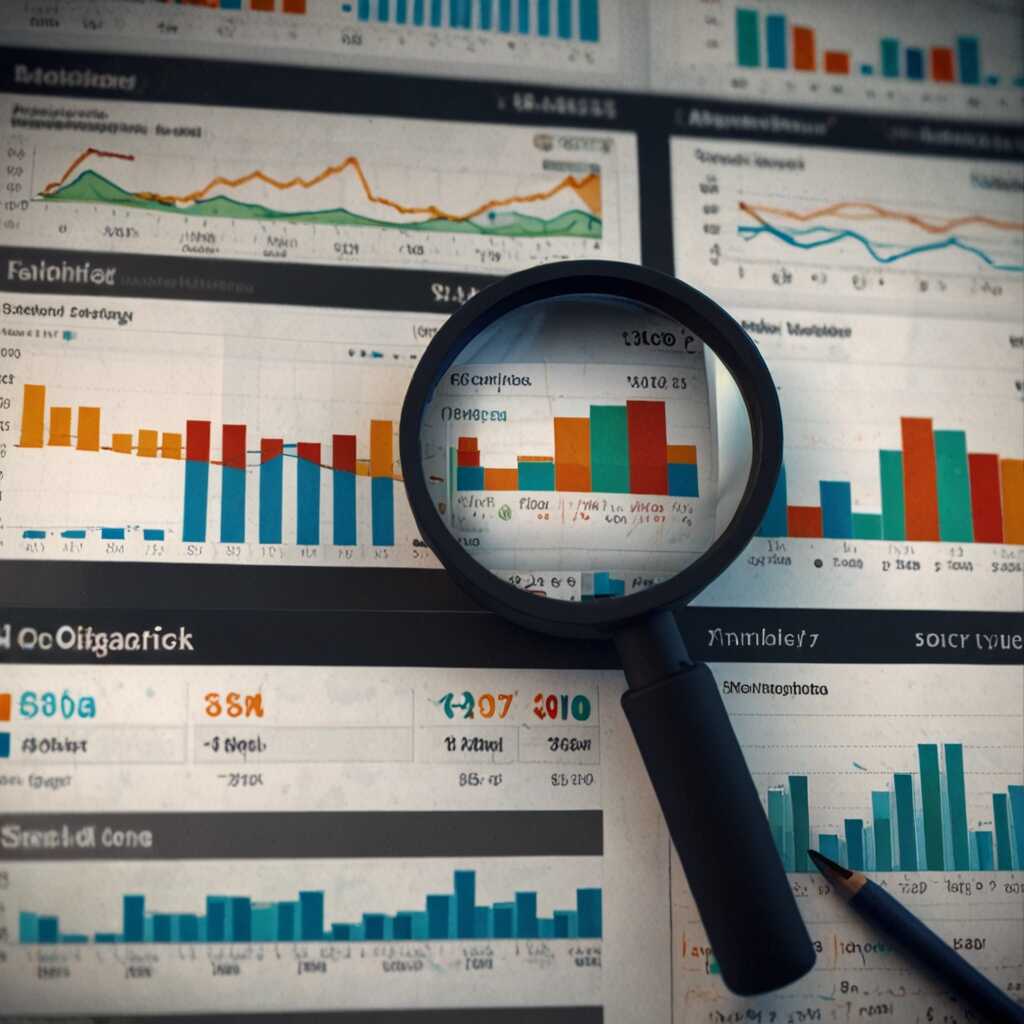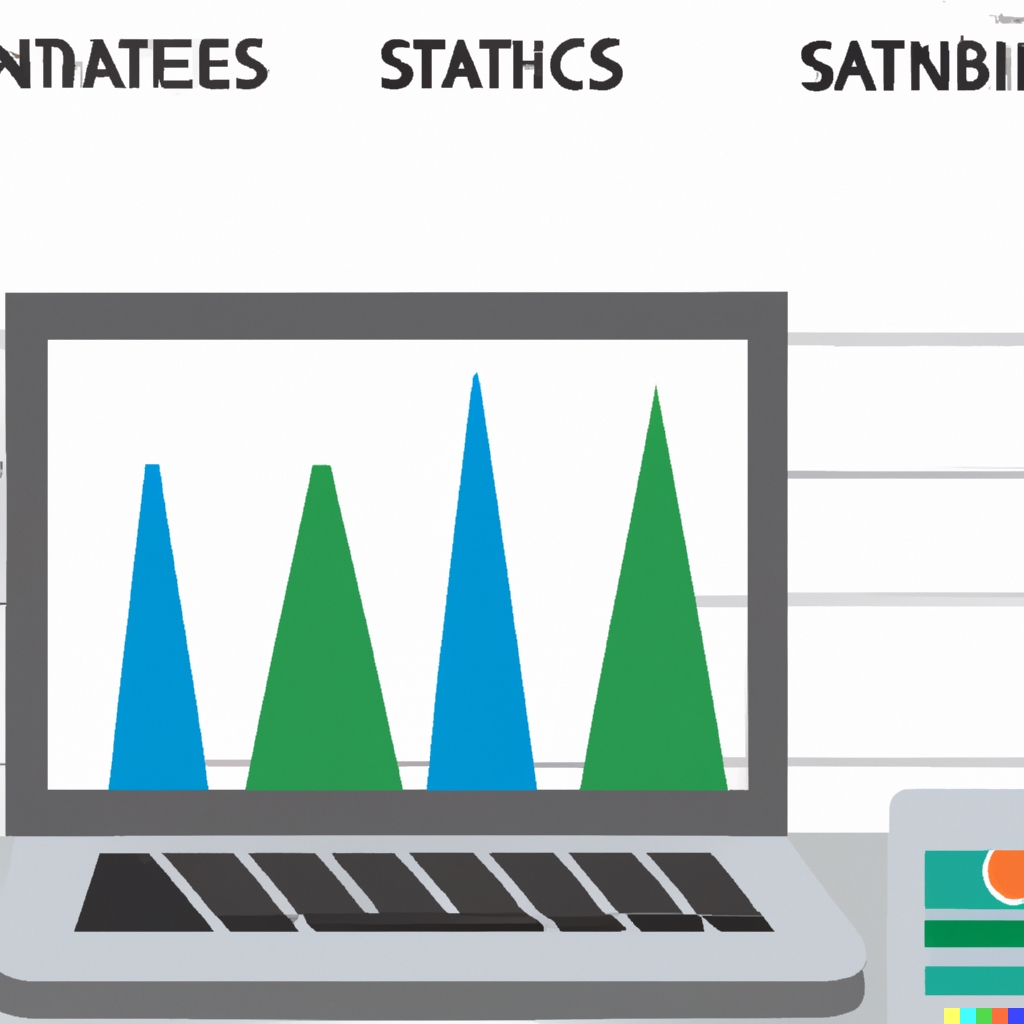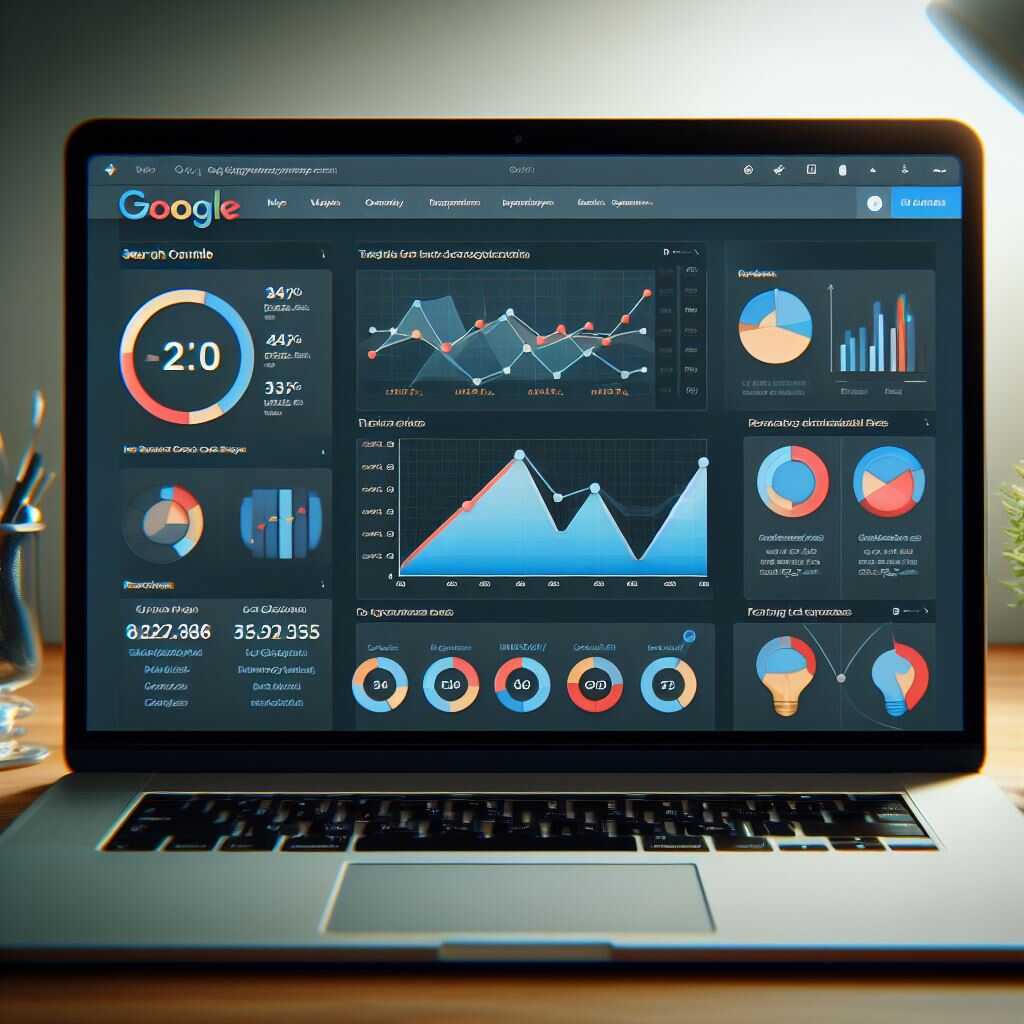Proven internal linking strategies can significantly boost your site’s authority and improve your search rankings. Effective internal linking not only enhances user experience but also helps search engines understand your content’s structure. At Metrics Rule, we focus on utilizing these strategies to elevate SEO performance, ensuring that your site achieves its full potential in terms of visibility and ranking. By implementing well-thought-out internal linking, you can drive traffic and connect related content to maximize your site’s authority.
The Significance of Internal Links in SEO Strategy
Internal links play a vital role in improving SEO by establishing a clear hierarchy of content. They help search engines understand the structure of your site, enhancing crawling and indexing efficiency. With effective internal linking, you enable users to navigate easily between related content, thus increasing dwell time and reducing bounce rates. A well-planned internal linking strategy enhances content visibility, ensuring that related articles get the attention they deserve. For optimal results, aim to include between 3 to 10 internal links per page, depending on the length and complexity of your content.
Strategies for Effective Internal Linking
Implementing effective internal linking strategies boosts your SEO significantly. Start by identifying cornerstone content that provides thorough information on key topics in your niche. From this content, link to related articles and blog posts, enhancing visitor engagement. Use descriptive anchor text that reflects the target page’s content, which improves both user experience and search engine clarity. Additionally, ensure your site’s navigation structure is logical, guiding users through related topics effortlessly. By regularly auditing internal links, you can keep your links current and useful, making it easier for search engines and users alike to discover and enjoy your content.
Understanding the Relationship Between Internal Links and User Experience
Internal linking significantly improves user experience by guiding visitors through related content, making navigation seamless. This structured approach increases engagement, as users find it easier to discover additional information relevant to their interests. Enhanced user experience leads to lower bounce rates, longer session durations, and ultimately improved SEO performance. This is especially important for site authority growth, as search engines like Google prioritize websites that provide a reliable and enjoyable user experience.
Effective Internal Linking Strategies for Enhanced Engagement
To effectively leverage internal linking for enhanced user engagement, ensure that links are contextually relevant to the content. Use descriptive anchor texts that accurately summarize the linked content. Aim for around 3 to 5 internal links per webpage to maintain SEO performance metrics without overwhelming users. Incorporating an internal linking strategy that emphasizes well-distributed links across your site can improve website authority, making it easier for search engines to crawl and index your pages. This method not only enhances the user experience but also positions your site favorably in search engine results.

Effective Techniques for Structuring Internal Links
To enhance your site’s authority and improve rankings, effective internal linking strategies are vital. First, ensure that you are applying connections between relevant pages. Use descriptive anchor text that defines the content of the linked page. This provides search engines with context and helps users navigate more easily. Aim for a logical structure, reflecting the hierarchy of content on your site. Common practice suggests having around 3 to 5 internal links per 1,000 words of content, maximizing SEO benefits without overwhelming users.
Best Practices for Creating Internal Links
Implementing best practices for internal link optimization is essential for enhancing site performance. Start by reviewing your existing content and identifying opportunities for linking. Ensure your links lead to high-quality, relevant pages within your site. Additionally, use a consistent format for anchor texts; this helps search engines understand your site’s structure. Utilizing a sitemap can further assist in organizing your content efficiently. Regularly test and assess your linking strategies to ensure they drive results. Metrics Rule, based in Vancouver, applies these strategies effectively, using data-driven methods for maximum performance.
Key Numerical Insights About Internal Links
- Search engines consider up to 70% of a page’s ranking based on internal links.
- Pages with fewer than 4 internal links experience a 45% drop in crawl efficiency.
- Websites with effective internal linking strategies have seen a 30% increase in page views.
- Effective linking can enhance a site’s authority by up to 50%.
- Pages with at least 3 internal links improve their ranking chances by 25%.
- Over 90% of users engage more with sites that utilize effective link structures.
- Optimized sites can see up to a 20% increase in organic traffic within months of implementing strategies.

Mistakes to Avoid When Implementing Internal Links
When implementing an internal linking strategy, avoid common mistakes that can hinder your SEO performance. One major pitfall is using too many internal links on a single page, which can dilute the link value. Ensure your internal linking strategy is focused by limiting links to a recommended count of 10-15 links per page. Additionally, failing to use descriptive anchor text can confuse both users and search engines, reducing the effectiveness of your links. Ensure each link provides clear context about the content of the linked page. Lastly, neglecting to regularly review and update links can lead to broken links, damaging the reliability and user experience of your website.
Optimizing Your Internal Links for Maximum Efficiency
To optimize your internal links for maximum efficiency, focus on creating a logical website structure. This involves strategically placing links within high-traffic pages, ensuring they guide users to valuable content. Use relevant keywords in your anchor text to enhance the SEO value. Consider testing various link placements to find the most effective configuration. Keeping track of analytics metrics can help evaluate the performance of your internal linking strategy. Aim to enhance crawling and indexing by ensuring that all important pages on your site are easily reachable through internal links. This will not only improve your visibility in search engines but also assist users in navigating your website effectively.

Analyzing Your Current Internal Linking Framework
To evaluate the effectiveness of your current internal linking strategies, start by examining your site’s link structure. Utilize tools like Google Analytics and Screaming Frog SEO Spider to review your internal links. Assess the number of links per page and their contextual relevance. Check which pages are heavily linked and which are underlinked, helping you identify strengths and weaknesses in your link structures. Aim for 5 to 10 internal links per page, ensuring they are contextually relevant to enhance SEO performance.
Helpful Tools for Internal Linking Analysis
To effectively analyze your internal linking framework, employ reliable tools designed for SEO performance metrics, such as SEMrush and Ahrefs. These tools provide insights into internal link counts and contextual relationships. You can compare the performance of linked pages, helping to enhance the overall site architecture. Testing different linking strategies can reveal which methods deliver the best results. This structured approach assists in identifying gaps, thereby improving the reliability and efficiency of your internal link optimization efforts, ultimately enhancing your site’s authority and rankings.
Advantages of Effective Navigation Techniques
- Improved user experience allows visitors to find information easily.
- Enhanced authority for core pages boosts trust and reliability in your site.
- Internal linking helps distribute page ranking across your site.
- Reduced bounce rates lead to higher engagement and lower exit rates.
- Content discoverability increases as users navigate related articles easier.
- Improved SEO results can boost your visibility on search engine results pages.
- Streamlined content helps in ranking multiple pages for relevant keywords.

The Role of Anchor Text in Internal Linking Strategies
The significance of anchor text in internal linking is paramount for enhancing your site’s SEO. Well-chosen anchor text helps both search engines and users understand the content and context of linked pages. For instance, descriptive anchor text offers reliability to search engines when indexing pages, ultimately improving rankings. Different types of anchor text, such as exact match, partial match, and branded variations, can significantly affect user experience. Users find tailored anchor text more engaging, leading to lower bounce rates and higher click-through rates. Regarding length, it’s advisable to keep anchor text concise, ideally between 2 to 6 words, to maintain readability and relevance.
Best Practices for Choosing Anchor Text
Choosing the right anchor text is essential for a successful internal linking strategy. Focus on keyword-rich anchor text that accurately describes the target page’s content. Utilizing specific, relevant keywords provides clarity and context, which can enhance your site’s authority. Avoid generic phrases like “click here” as they lack meaningful substance for both users and search engines. Instead, integrate a mix of exact match and branded variations to diversify your internal link profile and positively impact search rankings.
Integrating Internal Links into Your Content Design
Integrating internal links into your content design can greatly enhance SEO. By including relevant internal links, you can improve the flow of your content and ensure that users can easily navigate to related topics. Effective strategies involve linking to high-value pages within your site naturally, which organically enhances user experience and boosts your site’s authority. Aim for a balanced number of internal links; around 3 to 5 per article is often ideal for maintaining quality and SEO effectiveness.
Strategies for Effective Internal Linking
To implement effective internal linking strategies, focus on creating a seamless user experience. Use keywords relevant to the linked content to guide users. Ensure that your links are contextually placed, preferably within the first few paragraphs for maximum effect. Highlight essential pages, such as cornerstone content, which provides value to your audience. Utilize tools like Google Analytics to track performance and adjust your linking strategies accordingly, ensuring they meet evolving SEO requirements in 2025.
Brands and Use Cases Related to Linking Strategies
- HubSpot offers comprehensive SEO tools but can overwhelm beginners with options.
- Ahrefs provides strong link analysis and competitive insights but requires a subscription fee.
- SEMrush is favored for its all-in-one platform, appealing to advanced marketers.
- WordPress users benefit from plugins that easily implement internal links without coding.
- SaaS companies like Shopify utilize linking strategies to enhance product visibility.
- Bloggers often focus on internal links to drive traffic to essential posts.
- E-commerce sites gain from internal links by directing users toward related products.
Strategies for Monitoring and Enhancing Internal Linking Over Time
Monitoring your internal linking strategies is essential for improving your website’s performance. Start by using analytics tools like Google Analytics to track user behavior and site traffic. This data provides insights into which pages receive the most visits. You want to focus on enhancing links to high-traffic pages, ensuring they help guide users to valuable content. Be sure to regularly review your internal link structure, checking for broken links or outdated content. A reliable internal link analysis can identify gaps and opportunities for improvement.
Best Analytics Tools for Internal Link Optimization
When optimizing internal links, several analytics tools are extremely useful. Google Analytics, for instance, offers detailed reports on user flow and behavior. This helps you assess which links are performing well and which are not. Another great tool is Ahrefs, specializing in internal link analysis and providing insights into link equity distribution across your site. You can easily identify orphan pages and create strategies to improve their visibility. Using these tools effectively enhances your internal linking strategies and can significantly boost traffic generation in 2025.
